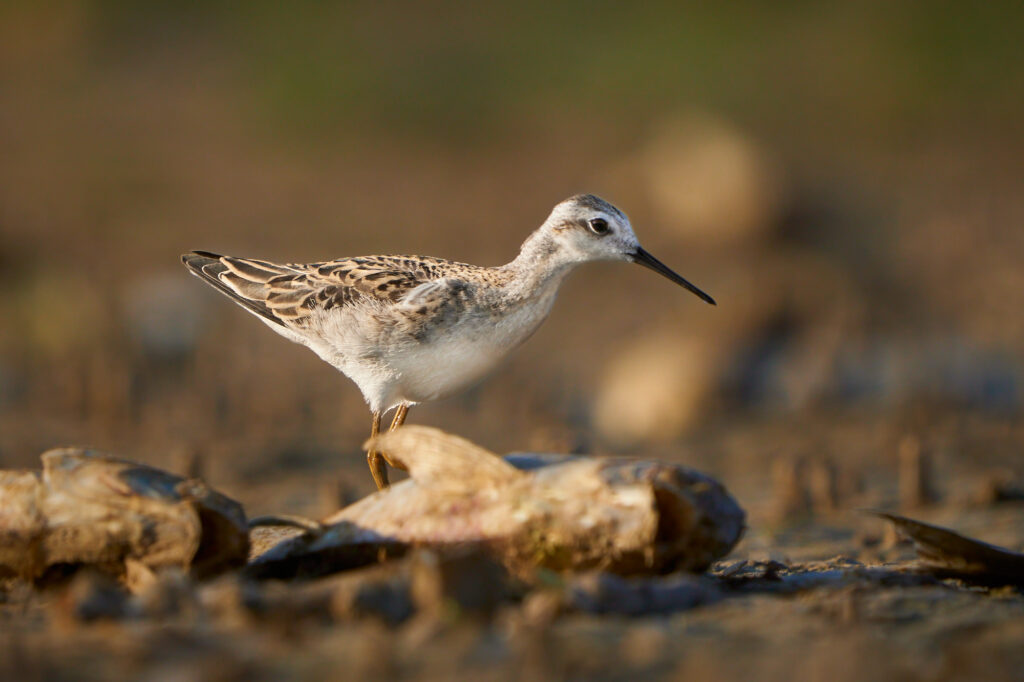The cycle of life; birth, growth, death and decay, is a natural process, or is it?
These photos were captured at Lake Mead in the summer of 2021. As the result of the multi-decade drought, climate change and unsustainable human water use, many of the bays of the lake are becoming isolated ponds. With no source of inflow, these ponds slowly shrink in size. The trapped fish often die, in mass, from the lack of oxygen in the water.
The edge of this pond was ringed with carp carcasses. You should be glad this post is not a “scratch and sniff” photo! These dead fish were a food source for coyotes, Turkey Vultures and the flies drew in birds like this Wilson’s Phalarope.
When I was younger, all of my concern, about habitat preservations, used to be focussed on pristine ecosystems. I have been fortunate to visit many wild places untouched by the hand of humans. I have seen 2000+ year old Alerce forests in Patagonia, endless muskegs in the Arctic and colorful wildflowers clinging to the high mountains in the Himalaya.
Today, I am not so black and white in my view of the value of different habitat types. I am still an advocate of protecting these wild areas. But most of the environments on earth, for better or worse, have been changed by humans.
Plants, animals, fungi, bacteria, protozoans have been doing an amazing job of adapting to these changes. After all nothing in nature is fixed, everything is mutating and evolving. Today, science is in agreement that a giant asteroids hitting the planet caused a rapid cooling of the earth’s climate. Living creatures had to adapt and many, like the dinosaurs, did not.
Nothing about the place where this photo was taken is “wild or pristine,” but I believe it has great value. The location, Lake Mead, did not exist before the Hoover Dam was built in the 1930’s. Carp were introduced from Asia to the United States in the 1880’s and can now be found in almost every State. In the past, Wilson Phalaropes rarely stopped in Southern Nevada on their way from their wintering grounds in South America to their nesting areas in the Northern US and Canada. Now, with Lake Mead and the marshy areas created by the release of treated waste water around the City, many Wilson’s Phalaropes make Las Vegas a bi-annual re-fueling stop during their migration.
And what about me?
Should 650,000 people be living in the desert habitat of Las Vegas? Probably not, but there are millions, maybe billions, of people living in similar “glass houses” around the world, so casting stones is not the way to solve the problem. We can’t turn back the clock, but we can learn from our mistakes, adapt and move forward. Just like the phalaropes are doing.


Pingback: The Magnet - The Wild Sights - Birding Tours in Las Vegas